The most important town on the route, Joshimath is the spot where the Adiguru Shankaracharya attained enlightenment while sitting under the mulberry tree near his cave. In the cave, he wrote his famous shanker Bhasya., which started the reclamation of the Hindu religion. The first math was set at Joshimath and a “Dham” at Badrinath which was followed up later by the four Dhams in the four corners of country.
The holy town is full of temples among the other most famous are the narsing and the Nav Durga temples, the statue at Narsing temple exquisitely carved out of shaligram stone, one of the arm of the statue is said to be getting thinner everday and ultimately when “KALYUGA” overtakes the world, the arm will break- the mountains of jai and Vijay at Vishnuprayag will collapse and route to Badrinath will be blocked. However since the ways of Gods and the cosmic cycle must carry on, shri Badrinath will reappear at the Bhavisya Badri at Tapovan in the Niti Valley. During the winters when the shrine of shri Badrinath is closed vishnu’s incarnation is worshiped in Narsing temple and joshimath becomes the winter seat of shri Badrinath. With its bracing climate, magnificent scenery and religious significance, joshimath is fast becoming a hill resort. The beautiful slopes of Auli 14 kms. Form joshimath by road and lined by 3.92 kms. Long ropeway have been developed as ski resort and tourist destination.
Pandukeshwar
The temple of yog dhyan Badri, one of the five Badris is located at Pandukeshwar (1920 mts.) just 24 kms. Short of Badrinath of Rishikesh – Badrinath highway. The image, depicting a meditative posture of the Lord, is worshiped here. The pandavas are said to have handed over Hastinapur to king parikshit and retired here.
Bhim Pul and Vasudhara Fall
The bridge over the river Saraswati on the way to Vasudhara falls is made of huge slab of stone. It is believed that when the Pandavas and Draupadi were on their way to Swargarohini, Bhim bridged the river with this huge slab to get them across, the view form the bridge is truly spectacular.
Hemkund Sahib
Hemkund (Snow Lake) Sahib, as the name itself suggests, is a high-altitude lake (4329m) surrounded by seven huge snow-covered mountains. Which are collectively called Hemkund parvat. Close to the lake is a sacred gurudwara that is a pilgrimage center for Sikhs and Hindus from all over the world. It is said that shri Guru Govind Sing Ji (the Tenth Guru of the Sikhs) meditated on the banks of this lake where a number of sages and religious teacher from the Hidu mythology, including Rishi Medhasa of the Markandeya Purana and Lakshman, the brother of Lord Ram performed penace. Besides the Gurudwara, one can also see a temple here. The lake is the souce of the Laxman Ganga (also called hem Ganga) Stream that merges with the pushpawati strem flowing from the valley of flowers, at Ghangaria. From this point on, the river is called Laxman Ganga. A very popular trekking destination, Hemkund is a 19 km trek from Govindghat. The trek takes one through pine forest where rhododendron, wild roses, ferns and alpine flowers abound. With breathtaking views of the surging waters of the Lakshman Ganga, the last five kilometers of the trek entail a steep climb from Ghangaria, which is a base for visiting Hemkund. The lake is about two kilometers in circumference. Its clear, still waters mirror images of the saptashringa peaks (5500 mtrs) that surround it. So what’s the best season to visit Hemkund? No doubt: between june and October. During these months, you’ll find the water still has shards of ice floating in it, glinting in the sun with the rock-strewn banks of the lake covered in moss and the flowers in bright bloom.
Govind Ghat (1829 M)
It is the place of confluence of Alaknanda and Lakshman Ganga river. It has an imposing Gurudwara named after Guru Goving Singh. The trek route to Ghangaria – valley fo flowers and Hemkund Lokpal begins from here.
Ghangaria
Also known as Govind Dham, Ghangaria, apart from being the base fro the treks to Hemkund Saheb and valley of flowers, is also the staring poing for another interesting trek – kagbhusandi; this trek passes through the merising Bhyundar valley and the Bhyundar village.
The legend of Kagbhusandi lake says of the enigmatic crows (kag) inhabiting this region. When one fo their flock dies, the other collect its feathers and spread them around the lake. Interestingly, there is significant feather deposition to be seen around the lake.
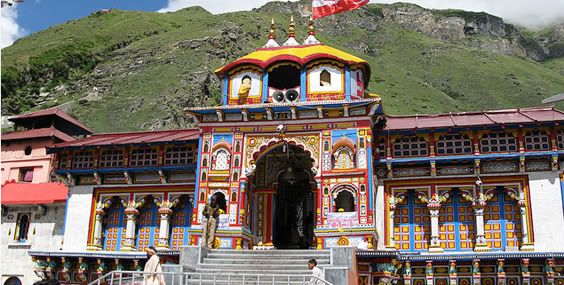



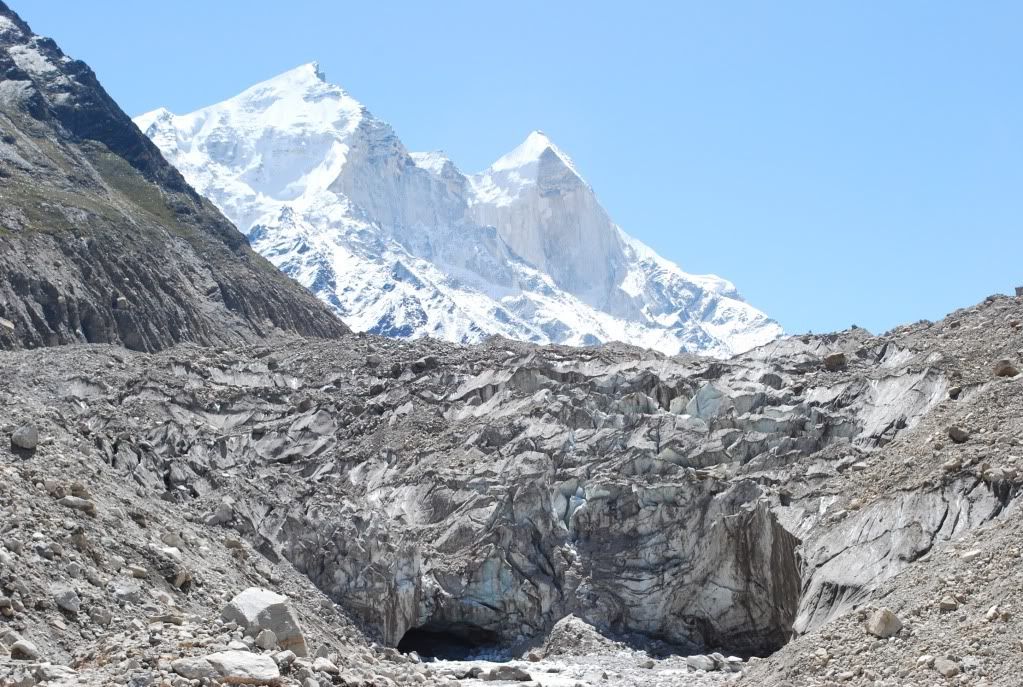
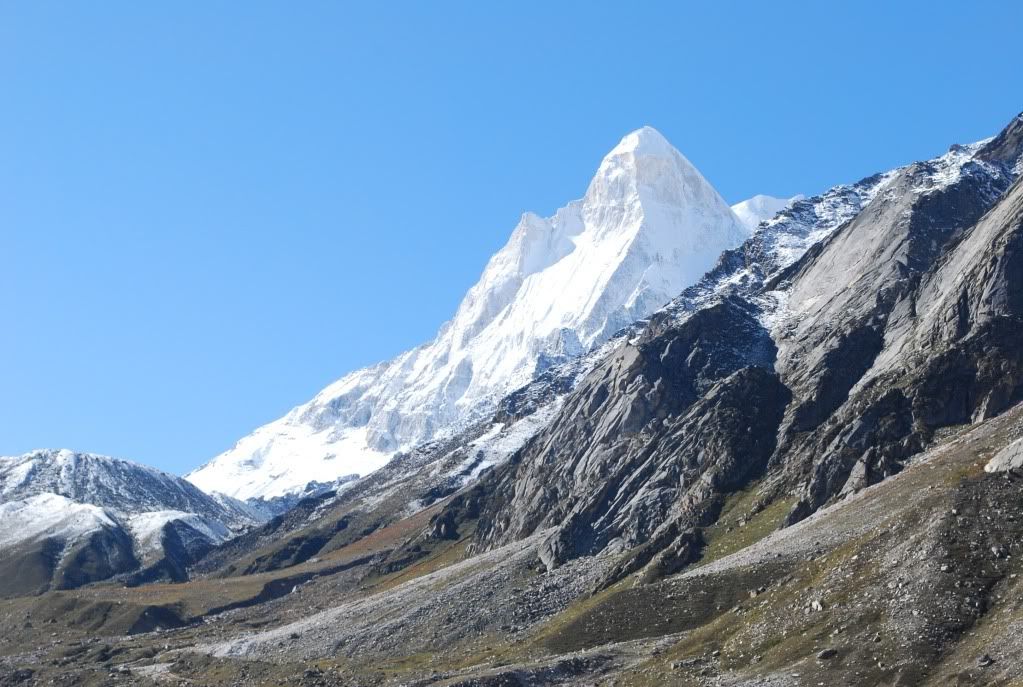


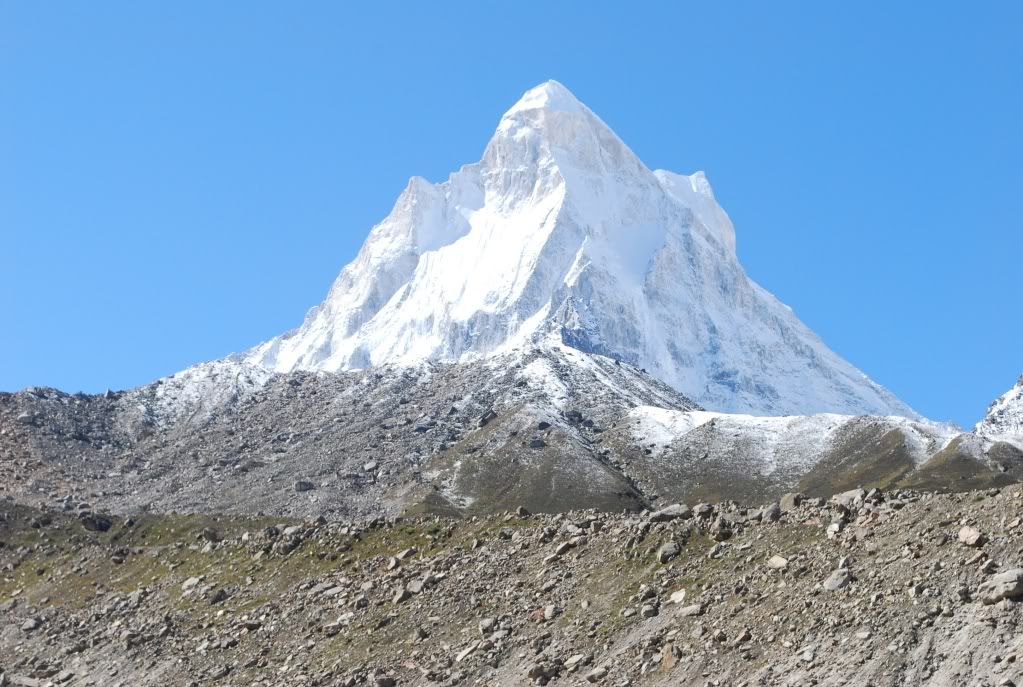
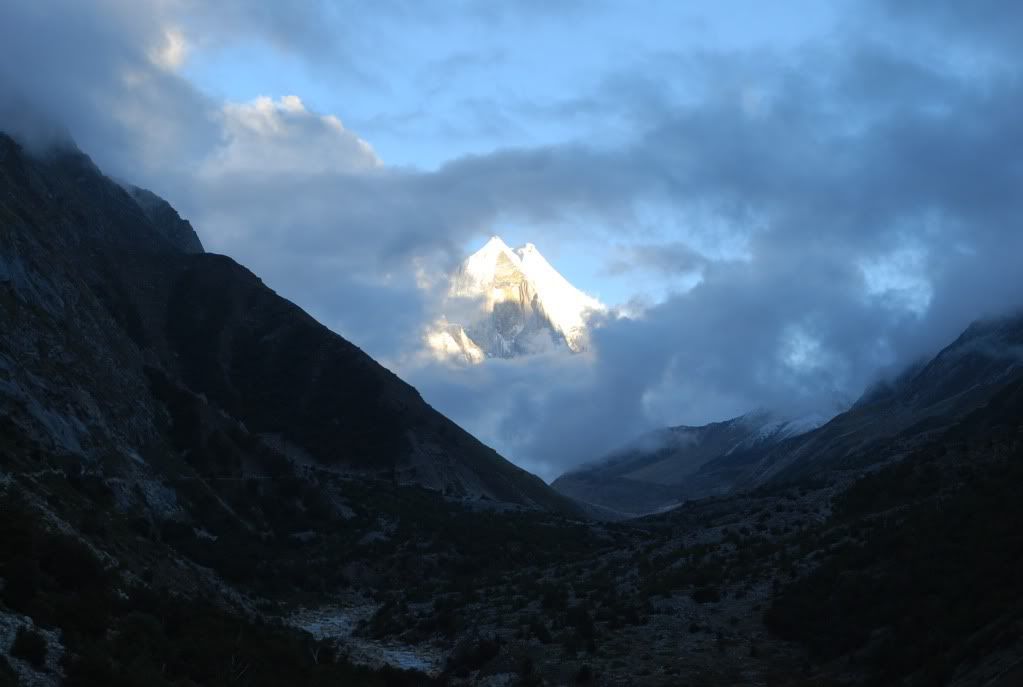

0 comments:
Post a Comment